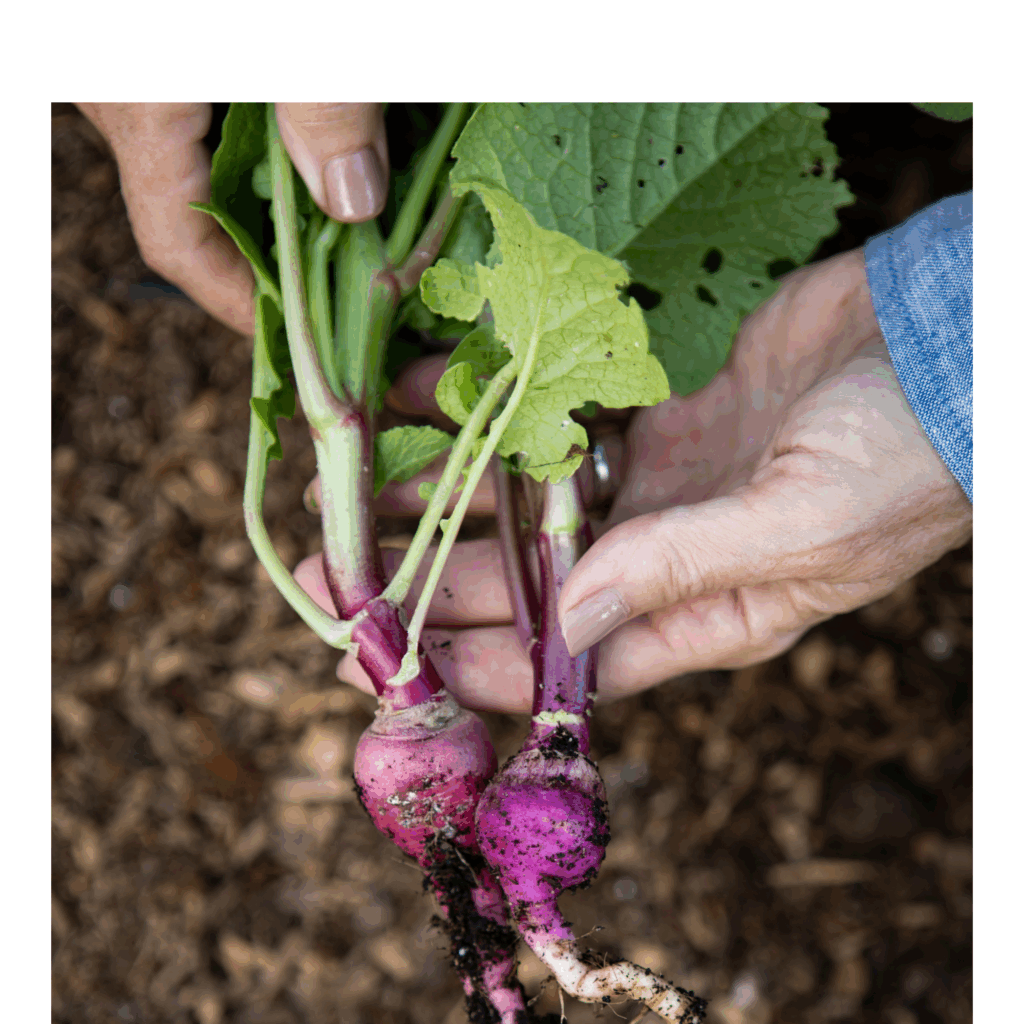Study how one can scale back your environmental footprint with more healthy kitchen habits with these high 7 Environmentally Pleasant Kitchen Ideas from Dietitians, masking points like sustainable meals decisions, trimming meals waste, and consuming extra entire, plant-based meals.
What you place in your plate and the way you put together it, could make a huge effect in your environmental footprint. The meals you buy, your journey to and from markets, how a lot food you waste, and the way you put together meals all consider to our planetary degradation, together with water and land use, greenhouse gasoline emissions produced, and air pollution getting into the atmosphere. That’s why I’m so excited to share these seven straightforward suggestions for greening your kitchen from a few of my favourite dietitians. Bear in mind, your private consuming fashion is without doubt one of the strongest issues you are able to do, as a person, to lighten your footprint on Mom Earth. So do your finest to cut down on food waste, eat mostly plants, and eat extra entire meals and you may make an enormous distinction. Let’s get greener collectively!
7 Environmentally Pleasant Kitchen Ideas from Dietitians
1. Use Your Vegetable Scraps
Minimize meals waste by saving your whole scraps from greens that don’t go into the recipe. They are often put to good use afterward, akin to in home-made vegetable broths, smoothies, or soups. “Anytime you might be chopping greens, maintain the peels of carrots, ends of onions, and so on. and retailer within the freezer. After getting a very good quantity you may make a selfmade broth,” says Julie Harrington, RD.
2. Use the Entire Vegetable
Don’t be afraid to make use of your entire vegetable, from root to stem, in lots of recipes, akin to soups, stews, salads, and side-dishes. “Beet greens, carrot greens, kale stems – they will all be sautéed right into a scrumptious stir-fry or pureed right into a peppery dressing!” says Whitney English, RDN.

3. Plan Your Meals
Earlier than you head to the grocery store, take stock of your meals inventory and check out to verify to make use of up perishables first. “Plan your meals for the week primarily based on what you have already got in your kitchen. This helps scale back meals waste and ensures you’ve gotten wholesome meals on the desk for the week!” says culinary vitamin skilled Jessica Levinson, MS, RDN, CDN. “Prep meals so it’s simply accessible and able to eat. That majorly reduces meals waste for me. I additionally maintain meals which are on their manner out (or near it) proper within the entrance of my fridge so I’m reminded of them,” says Rebecca Clyde MS, RDN, CD, Nourish Nutrition.
4. Change into Pals with Your Freezer
Keep watch over leftovers in your fridge and freeze them in the event you received’t be capable to use them earlier than they go unhealthy—these leftovers will turn out to be useful on busy nights. Don’t overlook to stock your freezer to keep away from meals waste too. “Many leftovers sit within the fridge too lengthy and should be thrown away. If you recognize that you could be not eat your leftovers akin to soup, chili, bread, beans, and even cookies earlier than they go unhealthy, discover a freezer bag or container, freeze time, and save these leftovers for an additional meal,” says Sarah Pflugradt, MS, RDN, LDN.
5. Remove Single Use Kitchen Gadgets
Keep away from waste from different gadgets within the kitchen, akin to from paper towels and napkins. Take a look at my eco-friendly kitchen information here to seek out merchandise that may aid you remove single use gadgets. “Spend money on fabric or microfiber napkins and towels. These reusable, lengthy lasting garments could have a startup funding price, however you’ll by no means have to fret about scrambling to refill the paper towel holder or killing timber while you’re cleansing up a spill,” says Nikki Nies, RDN, We Dish Nutrition. “Use bee’s wrap as a substitute of plastic wrap – it’s washable, reusable, and compostable!” says Gillean Barkyoumb, MS, RD, It’s Gillean.
6. Store in Bulk
You’ll be able to scale back extremely processed meals consumption, plastics, and even procuring {dollars} by avoiding packaging in meals. “Assist scale back packaging waste and remove over processing, subsequently preserving our planet and our our bodies wholesome. Further credit score in the event you deliver your personal reusable container and subtract the load from the entire quantity. You will discover virtually any product you want in bulk: espresso, tea, spices, baking substances, beans, nuts, pasta, grains, and even beer and wine,” says Erin Hendrickson, RDN, blogger at Minimalist RD.
7. Select Extra Entire Plant Meals
Placing extra minimally processed plant meals, and fewer animal meals in your procuring cart is a robust motion to combat local weather change. “Consuming a extra plant-based food regimen, with decrease quantities of animal meals and a spotlight totally on entire plant meals—beans, lentils, entire grains, greens, fruits—has the bottom environmental footprint in comparison with different food regimen patterns,” Sharon Palmer, MSFS, RDN.
Photographs: Sharon Palmer, MSFS, RDN
10 Blogs for Sustainable Dwelling
Uncover much more methods to dwell extra sustainably right here.
Why Eating Plant-Based Is One of the Best Things You Can Do for Earth Day (and Beyond)
Take the Zero Food Waste Challenge: Simple Tips to Cut Food Waste & Save Money
Plant-Based Diets: The Path to Healthy Sustainable Eating
Sustainable Food Labels: What Do They Mean?
6 Effective Tips to Reduce Food Waste: Simple Strategies for a Sustainable Kitchen
Start a Climate-Friendly Victory Vegetable Garden Today!
4 Ways to Eat for the Environment
Grow Your Own Food Toolkit
Cooking Tips for Environmental Sustainability
What is Regenerative Agriculture?
